Keep Up to Date with MDG
MDG News and Updates
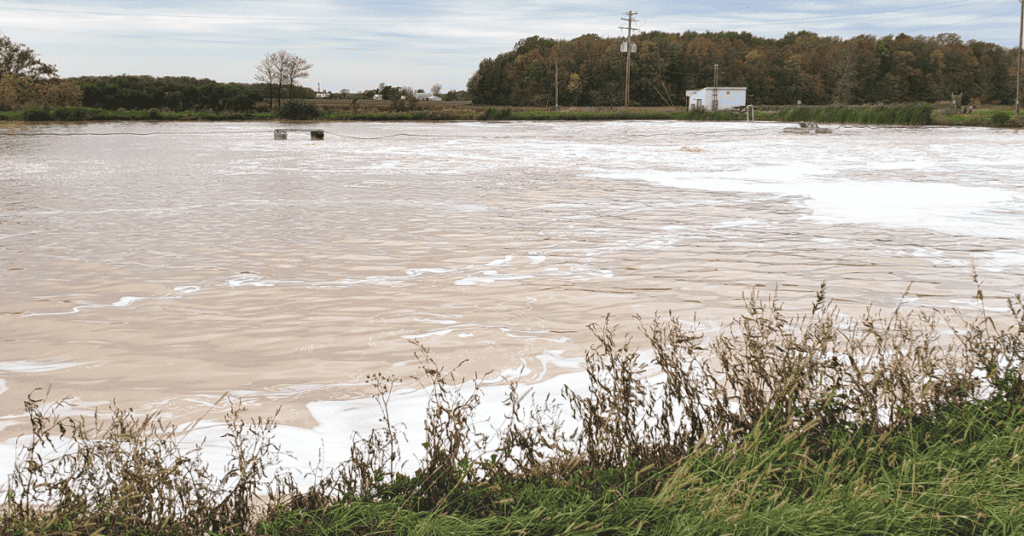
Pulp and Paper Lagoons Problems
It’s been a tough few years for the pulp and paper (P&P) industry. With an increase in foreign competition and a lowered demand for paper, many facilities have had to tighten their belt. One of the most probable victims of these cuts are the wastewater treatment systems. Wastewater needs to be cleaned while sludge continues to build up. What was once full capacity-lagoons ready to handle a lot of wastewater are now full of sludge. With limitations on a budget, land to build more lagoons and time allotted for dredging, the sludge and holding capacity concerns have fallen to the wayside to be dealt with another time. Maybe that time is now. Those full lagoons are rearing their ugly heads and maybe you’re realizing that you shouldn’t have ignored that sludge after all. You have no time to build an extra lagoon or dredging may not be a quick enough or a financially viable option. Enter a third possibility: Bioaugmentation. With the help of hardy Bacillus bacteria, you can treat the incoming sludge as you go, while also reducing your current sludge blanket. With bioaugmentation, you can experience results over time and restore treatment capacity. This buys you time and improves water treatment simultaneously. Pulp […]
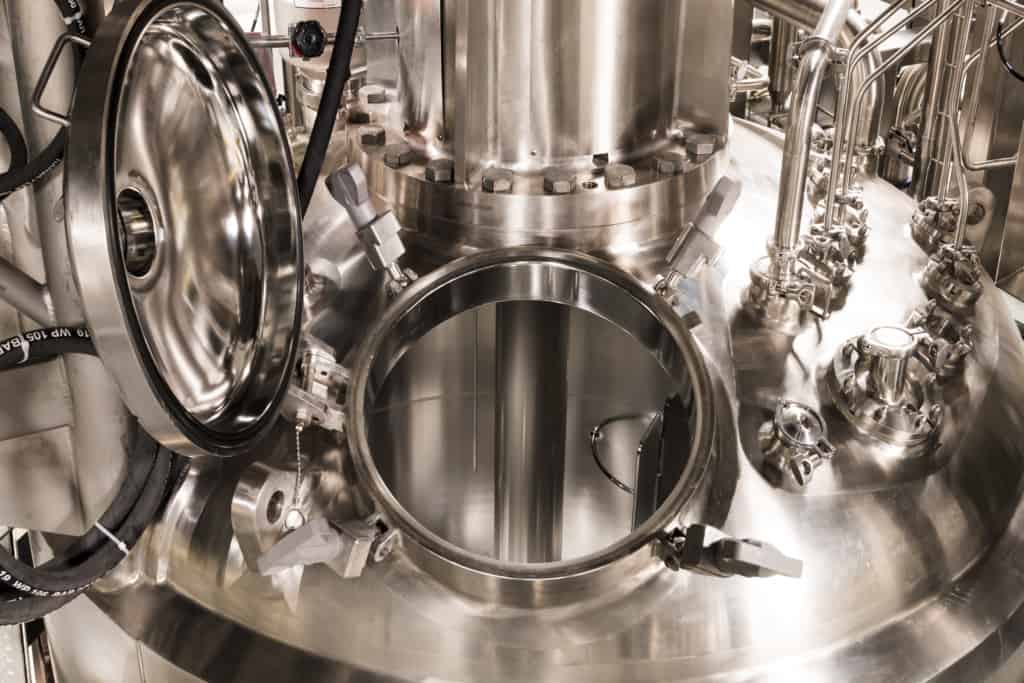
Supplying Quality: One Strain at a Time
In the large-scale liquid bacterial fermentation world, there are two primary ways to grow bacteria: as individual strains or in combination with others. At Microbial Discovery Group, we grow one strain at a time as it has served us well over the past decade. Truth be told, if I could find a way to grow multiple strains in one batch that was produced through a consistent process, resulting in high yield and uniformity in strain ratio, was guaranteed for purity, and ensured maximum sporulation – I would use it for our wastewater treatment products. Over the years we have experimented in finding different ways to accomplish this large task, but sadly none of the results measured up against our 5 criteria for success. Therefore, we are leveraging our expertise in growing one strain at a time to consistently meet our customers’ needs. Growing one strain at a time ensures: Highest strain yield Guaranteed purity Process consistency Uniformity of strain ratio Maximum % sporulation Highest Strain Yield Throughout the years we have found ways to get extremely high yields when growing one strain at a time. I believe our record is just under 3 x 1010 CFU/mL in the fermentation broth. I […]

The Benefits of Liquid Dosing
Many wastewater distributors are faced with finding an efficient product to combat common challenges such as sludge, fats, oils, and grease, and odors. Bacillus-based products have been proven highly effective and reliable to reduce, eliminate, and alleviate these challenges in the wastewater market. Did You Know These Products Come in Liquid Form? MDG formulates liquid products that include Bacillus strains scientifically selected for their ability to degrade a broad range of organic material and reduce odors like volatile fatty acids and hydrogen sulfide. These systems include lagoons, sludge tanks, aeration basins, grease interceptors, collection systems/sewers, small wastewater treatment plants, and septic systems. Benefits of Liquid Dosing Liquid dosing can help keep systems in check while controlling a wastewater system regularly and with less manpower. Additionally, liquid dosing: Is compatible with any size pump to dispense specific volumes. Can be released at predetermined times allowing frequent dosing (automation). Improves treatment effectiveness by standardizing treatment. Reduces manual labor. How We Can Help Biotifx® Liquid Max is our highest strength and ready-to-use liquid dosing product containing 3X the number of bacteria and micronutrients as the average competitive liquid product. This liquid product is one of the most powerful and impactful products on the market. Biotifx® Liquid Max […]
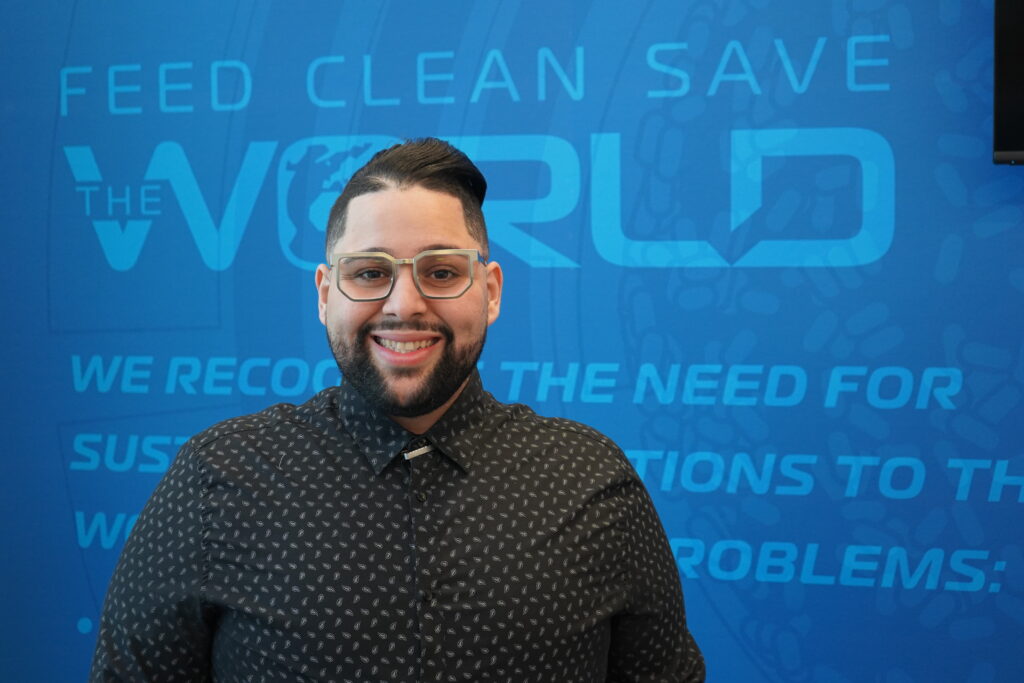
Under the Microscope, Recognition Award Winner: Jean Carlo “JC” Mercado Fajardo
MDG’s Manager of Administration, Jean Carlo “JC” Mercado Fajardo, wins the Initiative and Responsibility Award. What about the work you do at MDG that drives and fulfills you? Every day looks different for me. Its almost like a surprise as to what fun or challenging task will I encounter today. This gives me the opportunity to use my skillsets to problem solve, collaborate with team members to achieve a task or goal, or learn something new. What is your favorite thing about being a part of the MDG Team? Everyone I work with are more than talented and equipped individuals, they are passionate team members, leaders in the field, looking for innovative ways to support and work towards our vision to FEED, CLEAN, and SAVE THE WORLD. What is something at work that you’re passionate about? It depends on what day you’re asking. If I must narrow it down to one thing, I am passionate about learning. Learning a new skill or gaining knowledge about a specific topic. Learning about a problem and seeking ways to solve them or be a part of the solution. My favorite is learning about my colleague’s personal life. It helps me connect with other people, […]
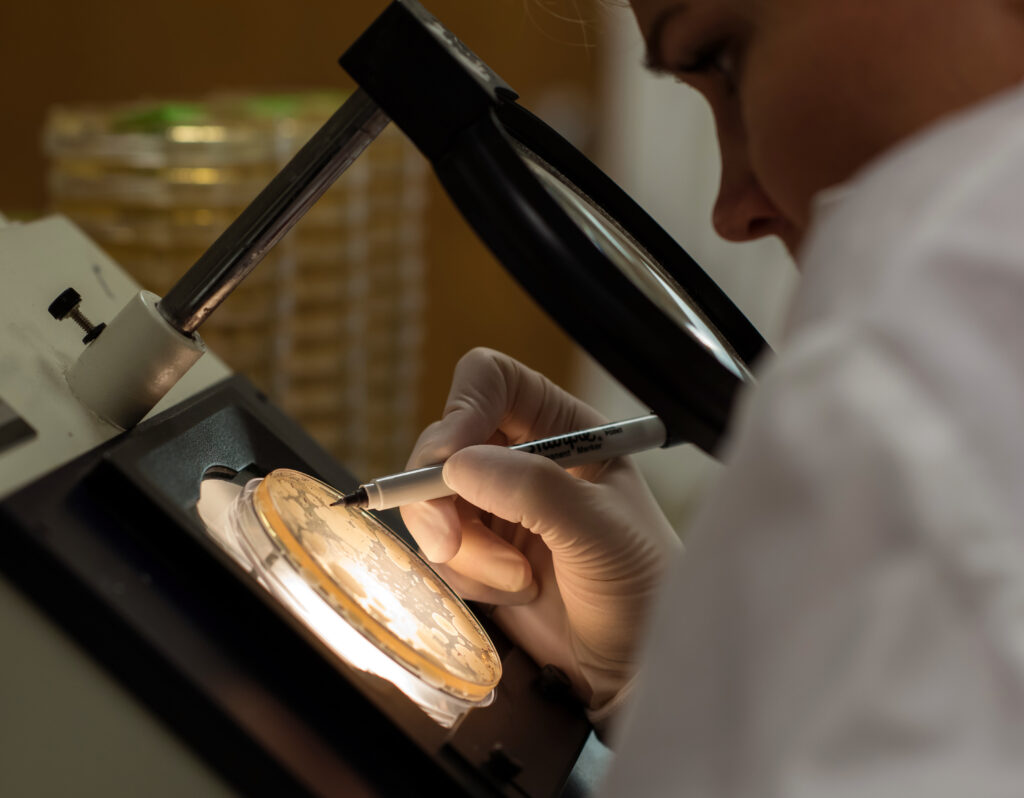
FAQs on Bacillus Strains in the I&I Market
1. How do MDG’s Bacillus strains help reduce a variety of organic materials such as debris, decaying food, human and pet waste and FOG? MDG offers Bacillus-based products with different Bacillus strains that have a wide array of capabilities. Bacillus are living organisms and need food to live and multiply. They break down and consume food sources like proteins, carbohydrates, and FOG, that they use to support growth of more Bacillus cells. 2. How are Bacillus strains able to help reduce odors? Bacillus can use certain odor-causing compounds as a food source or to support growth.Substances like volatile fatty acids (VFAs) are consumed as a food source. Other substances like nitrogen are assimilated and incorporated into new Bacillus cells, which prevents them from being released as odorous gasses like ammonia. 3. What types of applications and industries are MDG’s Industrial and Institutional (I&I) Bacillus-based ingredients suitable for? MDG I&I products are best suited for general cleaning and odor reduction. Microbial cleaners work well in applications like drains and grease interceptors where they can prevent build-up of organic material that causes clogs and odors. They also work well for applications like carpet or tile and grout cleaners where they provide long-lasting cleaning and odor reduction on surfaces that are traditionally hard to clean. 4. How […]
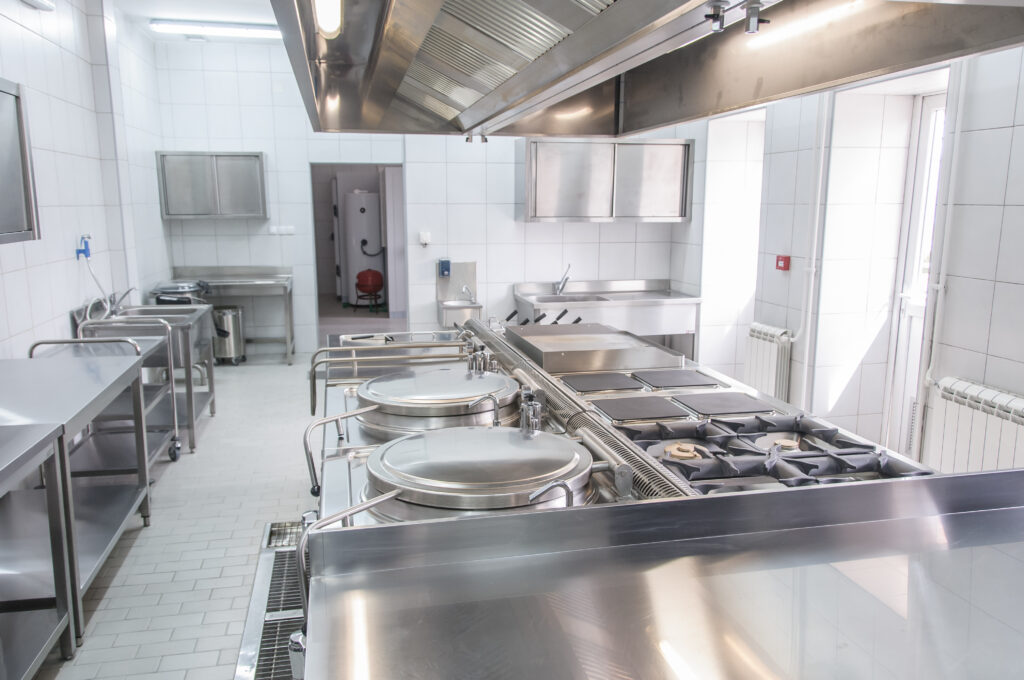
Fats, Oils and Grease in Commercial Kitchens
Save Your Customers’ Business with Bioaugmentation The food service industry inevitably has problems with fats, oils, and grease (FOG), and being proactive vs. reactive can be the difference between a thriving business and no business at all. It is essential to provide your customers with an effective and reliable FOG solution. This will help to prevent health code violations, drain backups, emergency pump-outs, unnecessary downtime, and ultimately poor customer satisfaction. Clogged Drains, Closed Doors Pumping out FOG from drains or pipes can cause your food service customers to close their doors for 2-5 days. This means a significant loss in income for their business. Flies Shoo Away Business Clogged drains may attract flies to a business, but it doesn’t attract customers. The conditions within a clogged drain meet all the requirements for pesky flies. Once making their way to the problem area, flies can transport unwanted bacteria to other areas of the kitchen. Little Trust Leads to Few Customers Customers notice when businesses unexpectedly close their doors. They can also both see and smell big cleaning trucks pumping out FOG in the back parking lot during the middle of lunch hour. Public information on FOG build-up, foul odors, grease spills, or […]
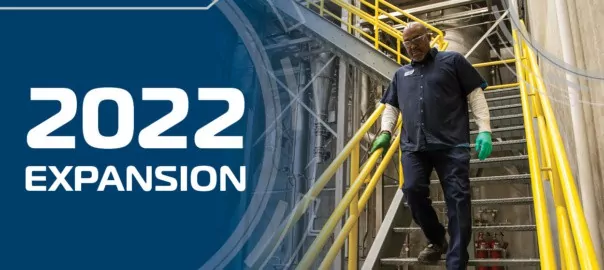
2022 Expansion: We Are Growing!
Microbial Discovery Group (MDG) is growing in many ways! We began making plans to expand and increase custom fermentation capacity as we realized the potential for growth. To do so, we needed to relocate office and laboratory space from our original Franklin facility to an 80,000 ft² facility located in Oak Creek. MDG Oak Creek now houses three laboratories, office space, spray drying and additional blending capabilities, packaging, and warehousing operations. We began this expansion in 2021 by leasing 40,000 ft² at the Oak Creek facility, doubling the powder blending room size. This expansion into MDG Oak Creek increased blending capacity and volume while providing space to add blending, milling and other equipment in the future. In addition, an external structure was built to install a 34-ft spray dryer and pilot spray dryer. Our Plant Health and Growth (PHG) market will benefit from the small micron size of spray-dried culture, as they dissolve faster and can be incorporated into field applicators. Later in 2021, we signed another September-start lease for the second half of the 80,000 ft² Oak Creek facility where we initiated construction, building office space and three new laboratories. The construction of MDG Oak Creek facility was completed […]
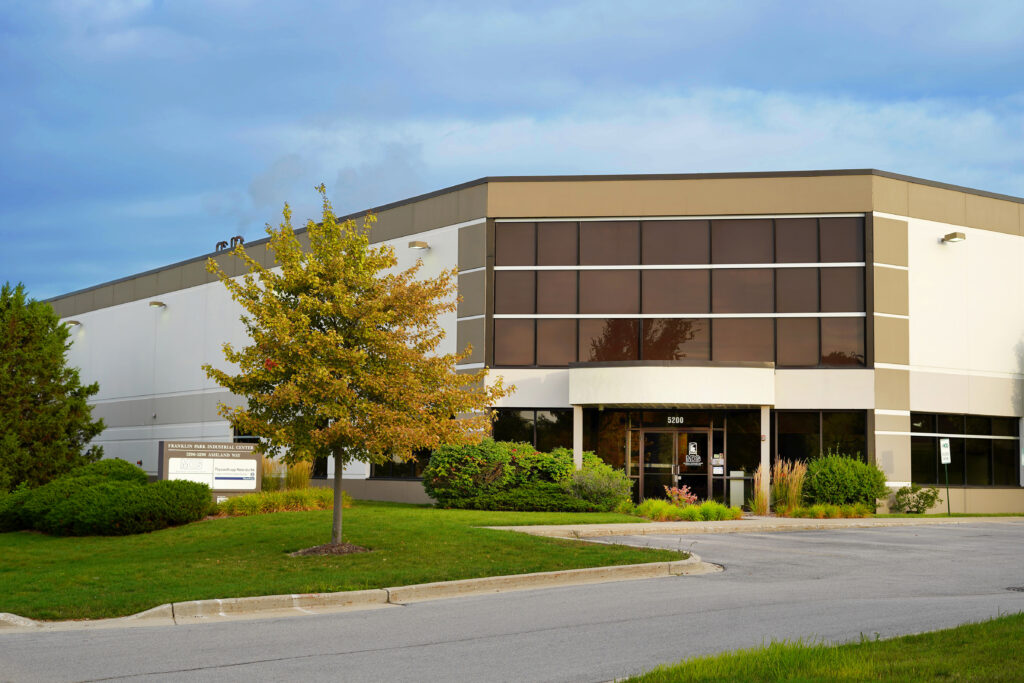
Microbial Discovery Group Announces Continued Expansion for 2014
Microbial Discovery Group (MDG) announces continued expansion to meet demand for microbial based products and solutions. MDG Founder, Michael King, Ph.D. stated that Microbial Discovery Group is adding a second laboratory and expansion of the MDG facilities and work-spaces to double the number of possible employees and accelerate the rate of technology development. King further explained the need for expansion. “In 2013, MDG doubled fermentation output with additional downstream processing capabilities. This included the development of new proprietary freeze drying technologies and centrifugation capacity. As we continue to invest for growth, MDG’s research group is united around a passion for solving some of today’s most complex problems through the lens of innovation, experimentation and validation. This laboratory expansion will allow for additional specialization and is a critical path for accelerated development and growth”. Microbial Discovery Group excels at microbial strain isolation in solving major environmental concerns as well as progression through scale-up and large scale manufacturing.
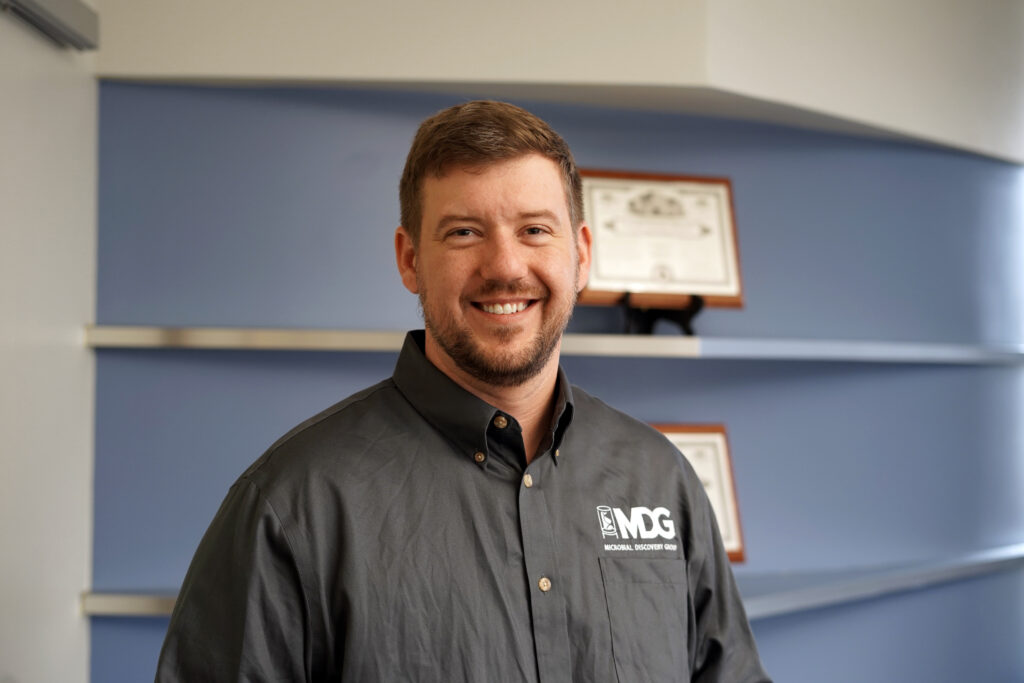
MDG ANNOUNCES NEW HIRE
FRANKLIN, WI. – Microbial Discovery Group LLC (MDG) announced a recent addition to the company’s Biotifx™ wastewater team to meet the needs of their growing workforce and market expansion. Dan Romanek was appointed Technical Service Manager. Dan joins MDG with previous experience in wastewater research having worked for various companies such as; Hydrite Chemical, Great Lakes Agricultural Research and Industrial Specialty Chemicals. Dan graduated from University of Wisconsin-Whitewater with a BS in Biology and Wright State University with a MS in Biology. “I am really looking forward to starting my career with MDG. It is exciting and rare opportunity to grow with a company whose beliefs of innovation, customer relationship, and environmental impact reflect my own. I believe we can make a real difference at MDG and help create advances towards our market and technological goals,” Dan commented. “We are very fortunate to have Dan join the MDG team and we look forward to seeing them utilize their talents and energy in the wastewater division.” Please welcome Dan Romanek to the MDG team. ### About Microbial Discovery Group Microbial Discovery Group is a Bacillus fermentation company focused on the commercialization of microbials for wastewater, bioremediation, aquaculture, consumer and institutional markets. […]
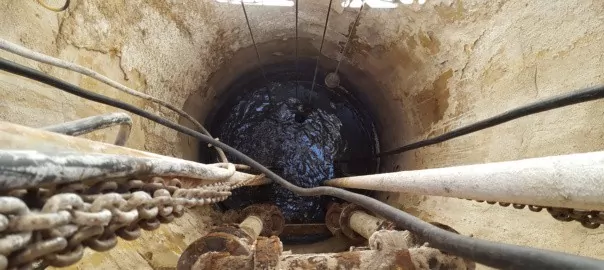
Lift Stations 101: Work Smarter, Not Harder
Lift stations are commonly used as a part of operations across a variety of different industries. While they are extremely useful, they can be difficult to maintain when not cared for properly. At Microbial Discovery Group (MDG), we have spent countless hours in the field with our partners, reviewing their customer’s maintenance challenges, and looking for new ways to innovate. As a result, we were inspired to create a comprehensive approach to lift station treatment that can garner results quickly. LIFT STATION BASICS By design, lift stations are used to pump liquid, typically some form of wastewater or sewage, from a lower elevation to a higher elevation. This process begins when sewage is fed into the station and into an underground well. The well is furnished with several different float switches to detect the volume of sewage present. When the sewage level rises to a predetermined point, the pump begins to propel the sewage upward through a pipe system until it exits the station. From there, the sewage could be arriving to a wastewater treatment plant or to flow downward with gravity until it arrives at the next lift station. In some cases, the pump transports the sewage through a […]